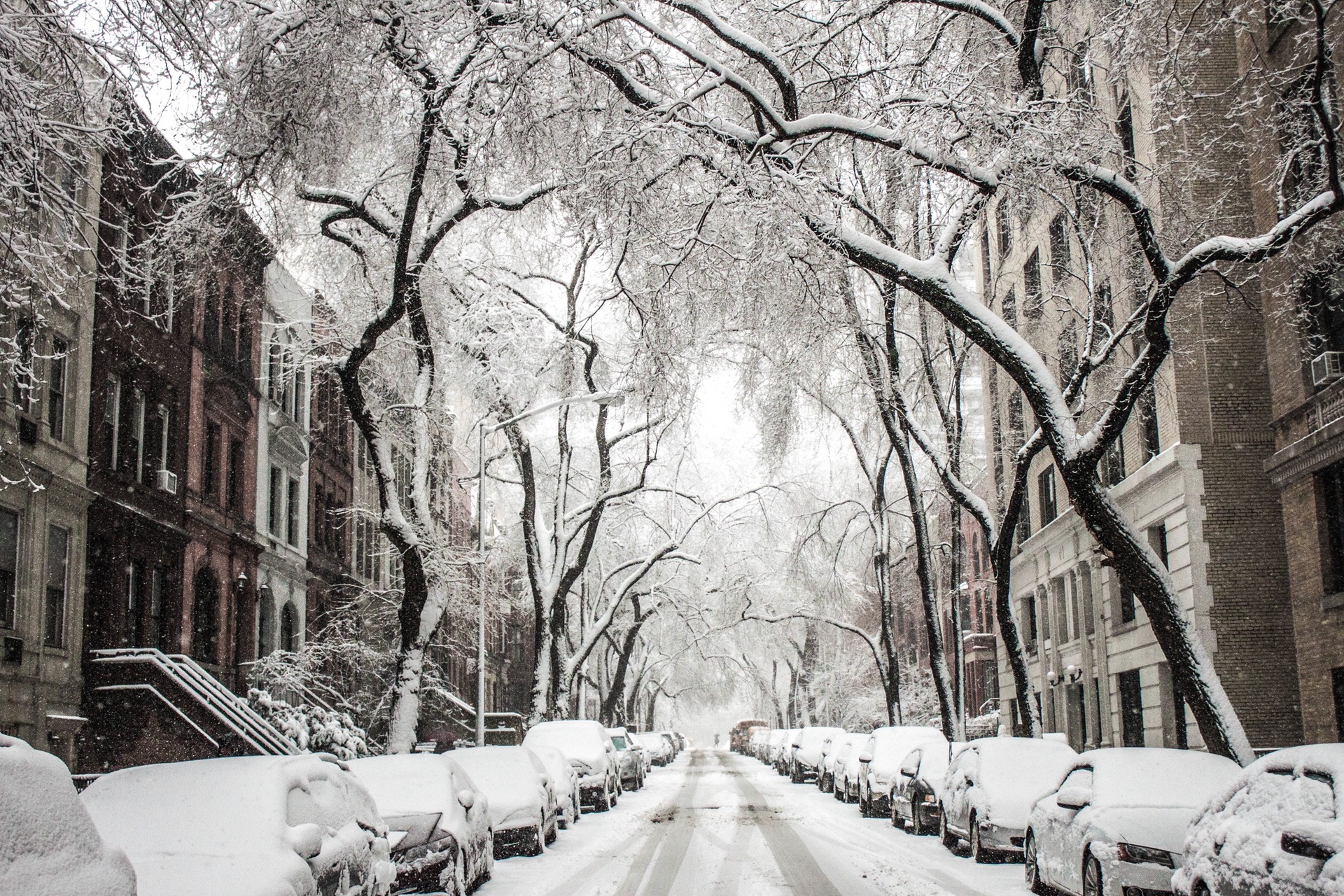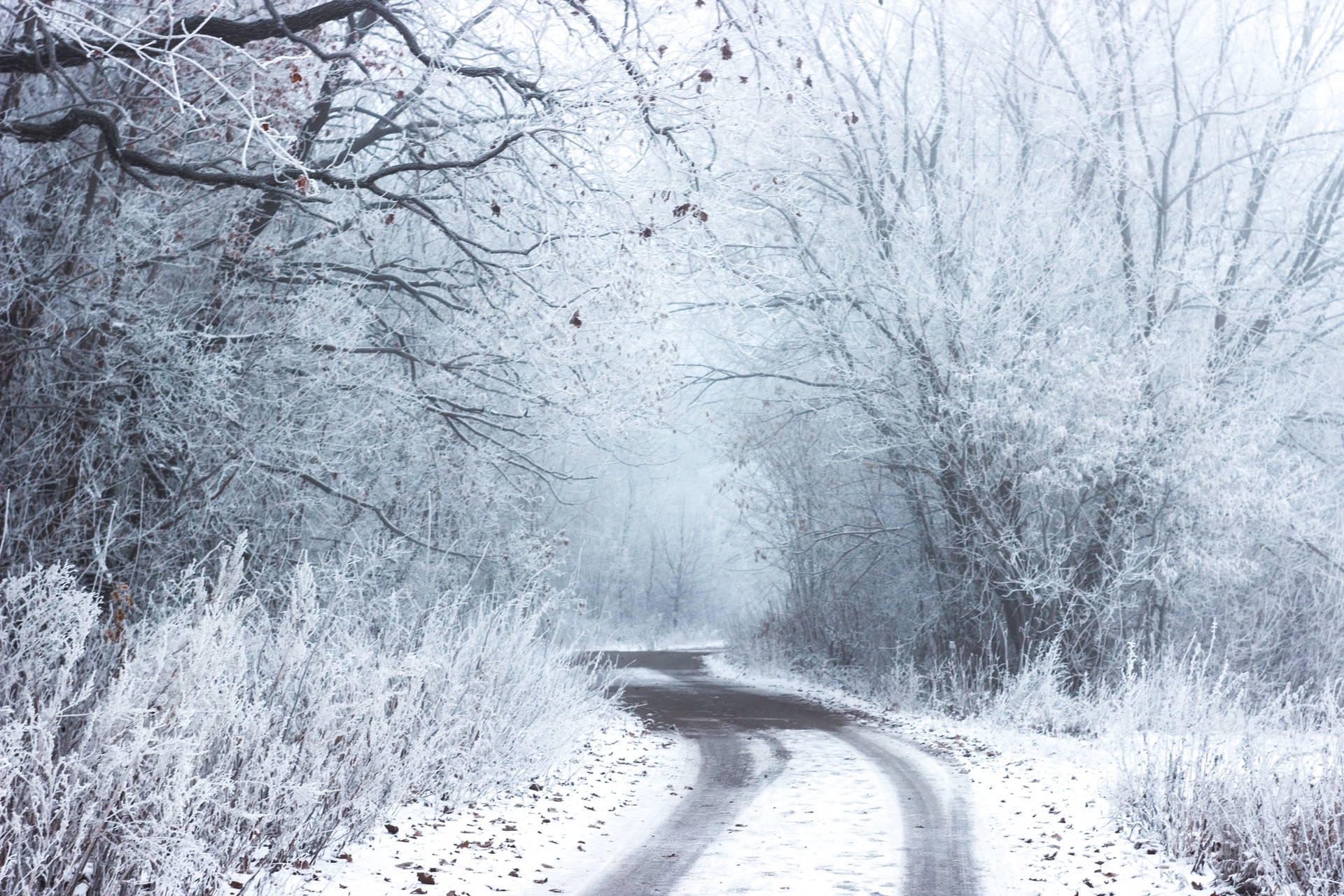Navigating the Costs of Weather
3 Min Read By Bruce Reinstein
You can’t control the weather, but you do have the opportunity to control a negative hit on your P&L
Weather is an obstacle that all operators have to deal with, but is there anything that you can do about it?
As you get the weather forecast that snow is coming, you begin to feel it in your stomach. Your first inclination is that it might not really snow (denial) so why is the weather person scaring off all of your customers (anger). Weather forecasts are always wrong… right? The questions swirl in your head: Will there be a storm? When will it hit? When will it stop? And most important: How will it impact my sales?
So, you are going to lose revenue, but, of course, you have prepared for this in your budgets. At least, most of you have. You look out the window, and the snow is coming down and you put on the weather report to get the latest read. It is now time to decide whether to close locations, open late or open with decreased revenue. Therefore, your new focus should be on reducing costs.
You are working on reducing labor, but you still need to manage your restaurants, prep food, cook the food, serve the food and clean the restaurant. You also have to deal with plowing snow and all the other costs associated with a storm.

Now it is time to leave the bad dream and come back to reality. We all want to budget this year for no snow and be up over last year because there was a bad winter, but we are out of dream mode. You may get lucky, but we can’t run our restaurants based upon luck.
The objective needs to be to budget for some bad weather and to have a cost reduction plan in place to offset this revenue decrease. In a perfect world, we will meet or beat our revenue, and drive our projected bottom line, but we do not live in a perfect world.
Increasing revenue potentially cures all issues, but reducing costs is the insurance policy as well as the ability to drive additional money to the bottom line. It is not just about center of plate or your top 20 percent of spend. Reducing costs can come in the form of better productivity, better yields and shelf lives on products, eliminating emotional relationships and products. Having an open mind to cost reduction without reducing quality can change the way you do business and ultimately increase both revenue and your bottom line.
Let’s say for example that you have 20 locations in three states with revenue of $40M for your company. You are current running 25 percent food cost or COGS of $10M. Snow or other bad weather will be projected to cost you one day, losing all revenue ($110,000) and two days of half revenue loss ($110,000). In many cases, the day before a storm is a bit slower and the day after a storm is a bit slower, so let’s figure on a 20 percent decrease in revenue for six days or ($132,000)

So total revenue loss is about $350k. We now have raised our food cost to 25.25 percent. Does not sound like much, but that needs to be made up, so can you get your COGS to 24.75 in anticipation of what is coming? Yes, you can.
There are many easy cost reduction opportunities that add up very fast. This includes produce packaging adjustments, produce spec adjustments, indirect spend such as office supplies and credit card processing, broadline private label spend, which is at the discretion of the distributor, and other low hanging fruit where you are being charged street pricing.
You can’t control the weather, but you do have the opportunity to control a negative hit on your P&L. So, it’s time to get out the shovel and clear the way for a profitable winter.


